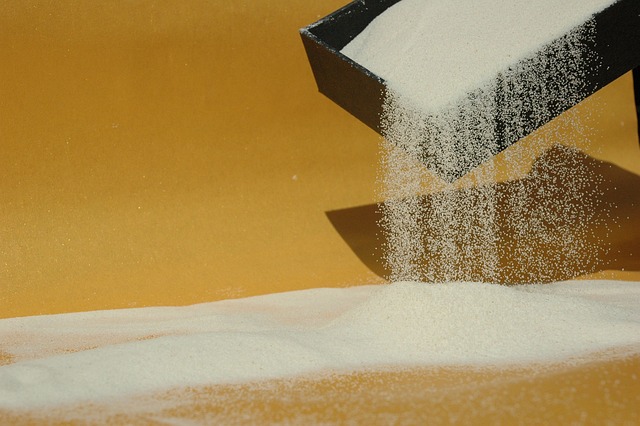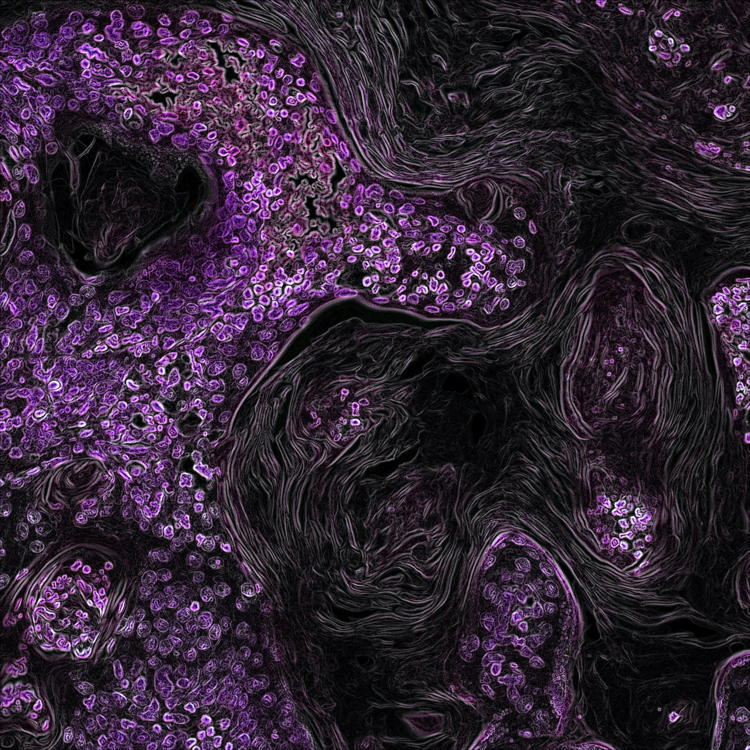Low ozone concentrations do not exert cytoprotective effects on tamoxifen-treated breast cancer cells in vitro
Submitted: 11 July 2024
Accepted: 2 September 2024
Published: 9 September 2024
Accepted: 2 September 2024
Abstract Views: 927
PDF: 131
HTML: 1
HTML: 1
Publisher's note
All claims expressed in this article are solely those of the authors and do not necessarily represent those of their affiliated organizations, or those of the publisher, the editors and the reviewers. Any product that may be evaluated in this article or claim that may be made by its manufacturer is not guaranteed or endorsed by the publisher.
All claims expressed in this article are solely those of the authors and do not necessarily represent those of their affiliated organizations, or those of the publisher, the editors and the reviewers. Any product that may be evaluated in this article or claim that may be made by its manufacturer is not guaranteed or endorsed by the publisher.
Similar Articles
- Claudia Frick, Hanna Luisa Martin, Johanna Bruder, Kerstin Lang, Heinz Breer, Topographic distribution pattern of morphologically different G cells in the murine antral mucosa , European Journal of Histochemistry: Vol. 61 No. 3 (2017)
- Azzurra Margiotta, Cinzia Progida, Oddmund Bakke, Cecilia Bucci, Characterization of the role of RILP in cell migration , European Journal of Histochemistry: Vol. 61 No. 2 (2017)
- A. Makowiecka, A. Simiczyjew, D. Nowak, A.J. Mazur, Varying effects of EGF, HGF and TGFβ on formation of invadopodia and invasiveness of melanoma cell lines of different origin , European Journal of Histochemistry: Vol. 60 No. 4 (2016)
- D. Nowak, A. J. Mazur, A. Popow-Woźniak, A. Radwańska, H. G. Mannherz, M. Malicka-Błaszkiewicz, Subcellular distribution and expression of cofilin and ezrin in human colon adenocarcinoma cell lines with different metastatic potential , European Journal of Histochemistry: Vol. 54 No. 2 (2010)
- Tadashi Yasui, Kenya Miyata, Chie Nakatsuka, Azuma Tsukise, Hiroshi Gomi, Morphological and histochemical characterization of the secretory epithelium in the canine lacrimal gland , European Journal of Histochemistry: Vol. 65 No. 4 (2021)
- Zhijiang Chen, Huili Wang, Bin Hu, Xinxin Chen, Meiyu Zheng, Lili Liang, Juanjuan Lyu, Qiyi Zeng, Transcription factor nuclear factor erythroid 2 p45-related factor 2 (NRF2) ameliorates sepsis-associated acute kidney injury by maintaining mitochondrial homeostasis and improving the mitochondrial function , European Journal of Histochemistry: Vol. 66 No. 3 (2022)
- Zhongzhu Tang, Lei Wang, Yunwang Chen, Xiaomin Zheng, Runyu Wang, Bingxue Liu, Shiqi Zhang, Huimin Wang, Quercetin reverses 5-fluorouracil resistance in colon cancer cells by modulating the NRF2/HO-1 pathway , European Journal of Histochemistry: Vol. 67 No. 3 (2023)
- Sabrina Giacoppo, Agnese Gugliandolo, Oriana Trubiani, Federica Pollastro, Gianpaolo Grassi, Placido Bramanti, Emanuela Mazzon, Cannabinoid CB2 receptors are involved in the protection of RAW264.7 macrophages against the oxidative stress: an in vitro study , European Journal of Histochemistry: Vol. 61 No. 1 (2017)
- A. Porzionato, M. Rucinski, V. Macchi, G. Sarasin, L.K. Malendowicz, R. De Caro, ECRG4 expression in normal rat tissues: expression study and literature review , European Journal of Histochemistry: Vol. 59 No. 2 (2015)
- J. Suchánková, S. Legartová, P. Sehnalová, S. Kozubek, S. Valente, D. Labella, A. Mai, C. Eckerich, F.O. Fackelmayer, D.V. Sorokin, E. Bartova, PRMT1 arginine methyltransferase accumulates in cytoplasmic bodies that respond to selective inhibition and DNA damage , European Journal of Histochemistry: Vol. 58 No. 2 (2014)
You may also start an advanced similarity search for this article.
Publication Facts
Metric
This article
Other articles
Peer reviewers
2
2.4
Reviewer profiles N/A
Author statements
Author statements
This article
Other articles
Data availability
N/A
16%
External funding
N/A
32%
Competing interests
N/A
11%
Metric
This journal
Other journals
Articles accepted
57%
33%
Days to publication
59
145
- Academic society
- N/A
- Publisher
- PAGEPress Publications, Pavia, Italy

 https://doi.org/10.4081/ejh.2024.4106
https://doi.org/10.4081/ejh.2024.4106












